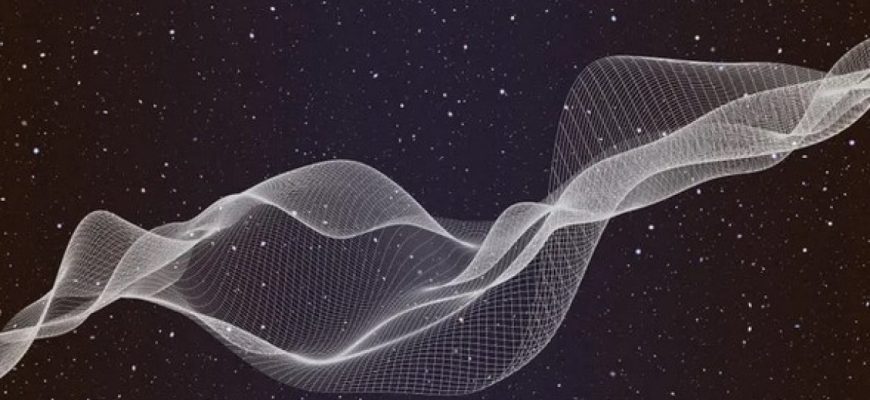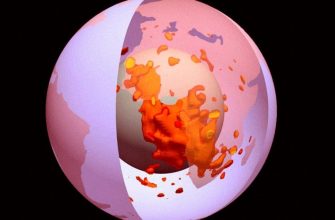Physicists have proposed changes to the famous Schrödinger’s cat paradox that could allow two incompatible theories to come together.
According to a new study published in the Journal of High Energy Physics, scientists have presented a new theory that may explain why quantum particles can exist in more than one state at the same time, but large objects cannot. To do this, they made changes to the Schrödinger’s cat paradox. This new solution to the paradox may allow quantum mechanics and Einstein’s theory of relativity to unite, because so far they are not compatible with each other, writes Live Science.
At Focus. Technologies have appeared Telegram channel. Subscribe so you don’t miss the latest and most exciting news from the world of science!
Superposition state
According to the laws of quantum mechanics, physical objects can exist simultaneously in different states. That is, they can be in two places at the same time or have different speeds at the same time. Any physical system remains in such a superposition until its state is measured. That is, only after the state of the system is measured can one find out what state it is. Abrupt changes in state are called destruction of superposition.
Important
Breaks the laws of physics: a former NASA engineer has invented a new space engine
Schrödinger’s paradox
Erwin Schrödinger proposed this theory 91 years ago and it was then that the famous paradox with the cat arose, which was called Schrödinger’s cat. The paradox is that the animal is in a closed box, both alive and dead, until the box opens and it becomes clear what exactly happened to the cat. This way the cat’s condition will be destroyed.
Although the laws of quantum mechanics are true for elementary particles, larger objects still behave in accordance with classical physics, as predicted by Einstein’s general theory of relativity. That is, large objects have never been observed in a state of superposition.
It is almost impossible to describe the entire Universe using quantum theory, because it looks completely in accordance with classical physics and there is no external observer who could record the change in its state and tell what state it is in.
Could the Universe be in a state of superposition?
According to the authors of the study, the main question is: could the Universe be in a state of superposition? Observations of space show that this is impossible and everything corresponds to Einstein’s theory of relativity. But what then destroys the superposition?
To answer this question, physicists have proposed modifications to the Schrödinger equation, which determines how all states, including those in superposition, evolve over time. The scientists added new components that show how the system interacts with itself, causing the superposition to collapse.
These changes have little effect on quantum systems such as atoms and molecules, but allow larger systems such as the Universe itself to collapse at frequent intervals. In this way, the systems obtain certain values that correspond to observations of space.
An advanced version of quantum physics
The new theory can be called an improved version of quantum physics. In it, the authors of the study eliminated the distinction between the objects that are measured and what they are measured with. Instead, physicists assume that the state of each system undergoes spontaneous destruction at certain intervals, which leads to the acquisition of certain values of some of its properties.
According to scientists, spontaneous destruction often occurs in large systems and thus corresponds to classical physics. When subatomic particles interact with such a system, they become part of the system and this leads to the rapid destruction of their state, and they acquire certain values. This can be compared to the external measurement of their states.
Schrödinger’s cat is both dead and alive
According to physicists, any system is spontaneously either in one state, or its state is destroyed without any action on the part of external objects. So instead of saying that Schrödinger’s cat is both dead and alive, scientists believe that we should say that it is dead or alive.
The new theory may explain why the geometry of space-time does not exist in a state of superposition and obeys the equations of relativity. Scientists say their theory describes a quantum universe that eventually collapsed and began to look like Einstein’s predictions.
Spontaneous collapse models can explain the emergence of the classical Universe from a quantum superposition of Universes, where each of these Universes has a different space-time geometry, physicists say.
As I already wrote Focus, in the centers of galaxies, black holes do something incredible. Scientists believe that collisions of smaller black holes occur around supermassive black holes.
Also Focus wrote that for the first time an image of the transformation of single atoms into quantum waves was obtained.








